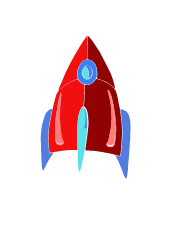The patent filing is important to get exclusive rights over it. If one doesn’t protect it under the law, anyone can exploit it commercially once it becomes available to the public. To restrict others from utilizing, selling, or making copies, the inventor must obtain a patent

 Setup Startup
Setup Startup